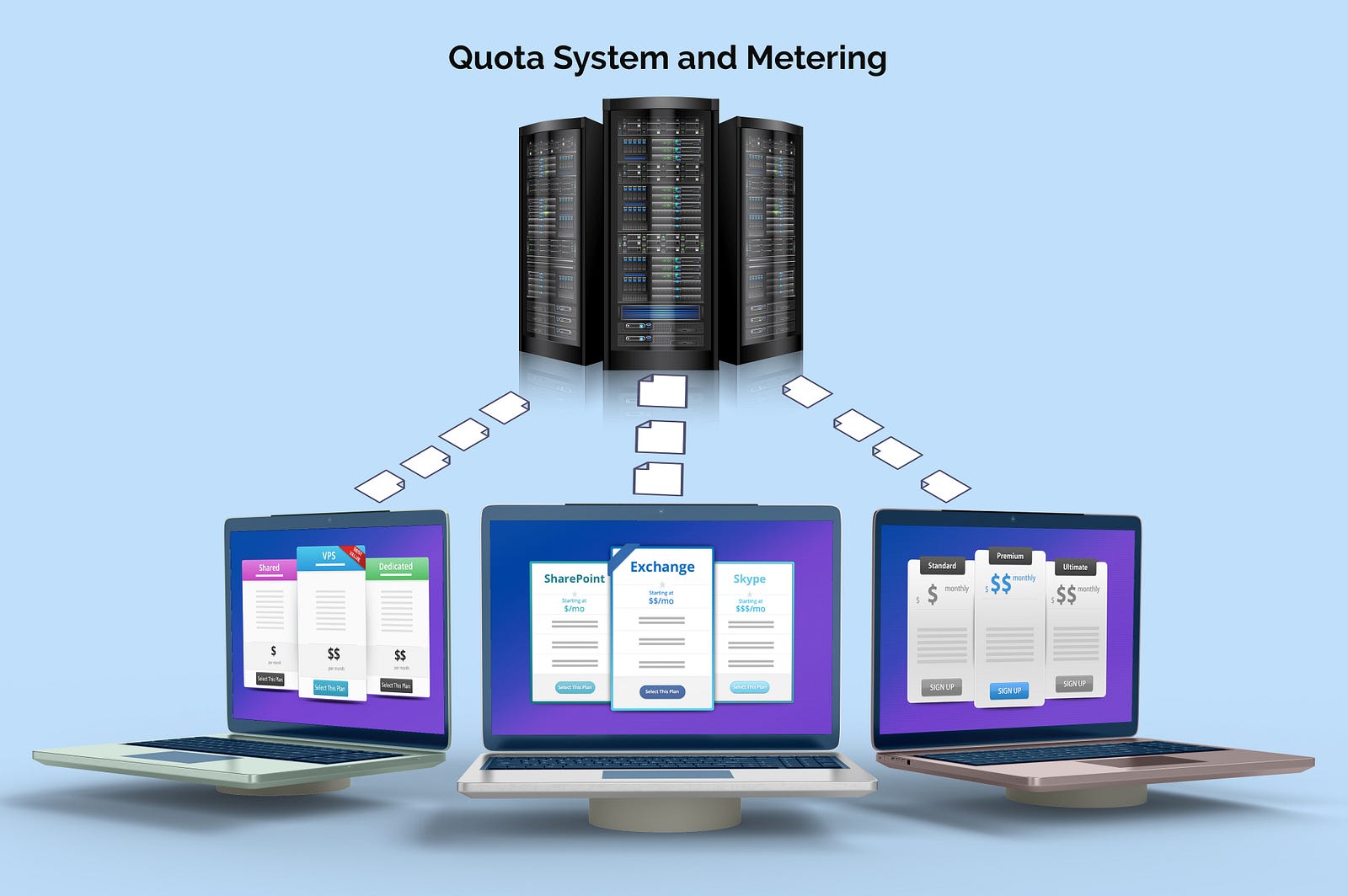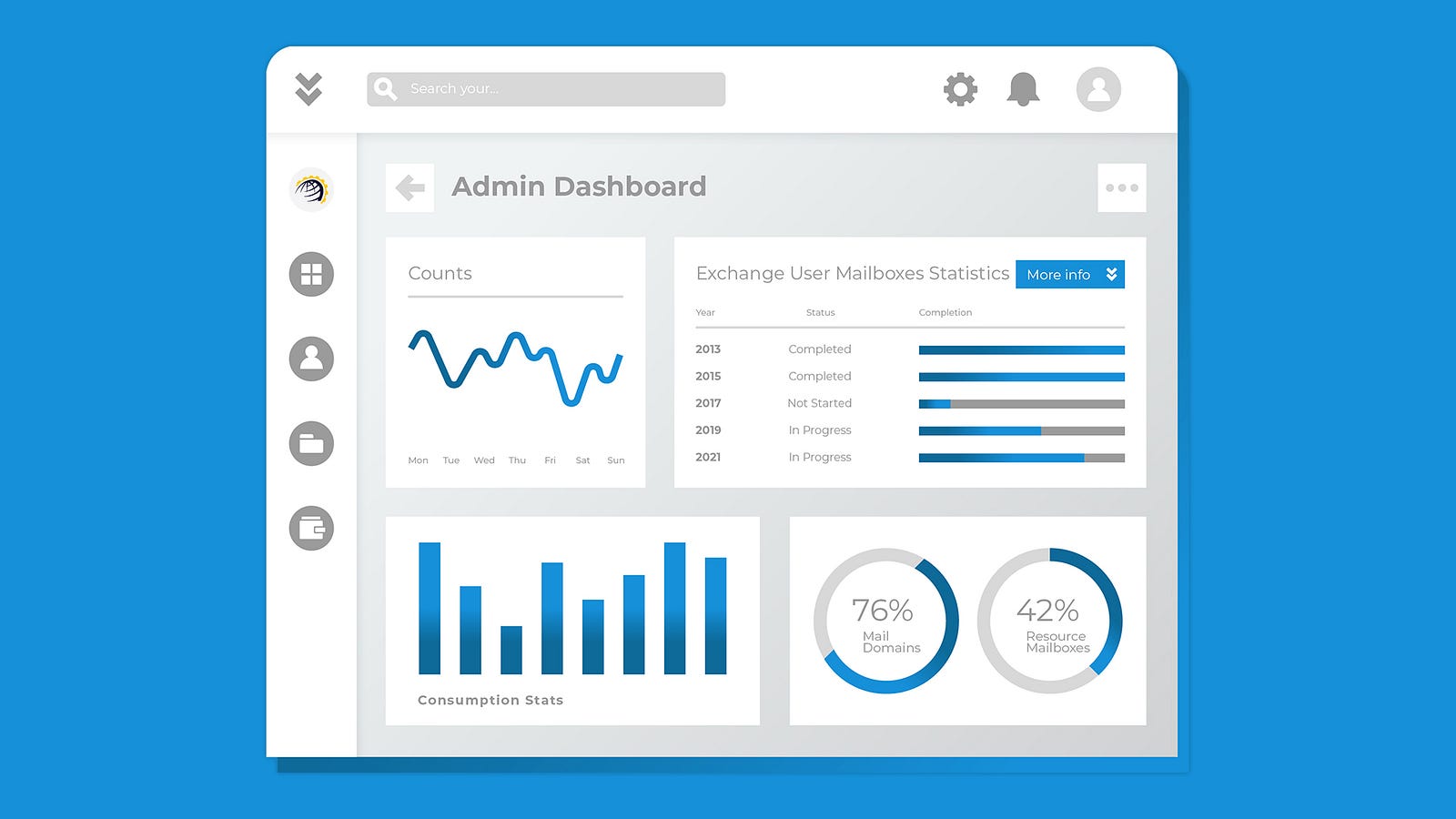Cost Control in Private Cloud
 |
| Quota System and Metering — Private Cloud Control Panel |
Almost all organizations are reporting spiraling out costs as their major pain points using cloud computing. 35% of organizations report it as their biggest pain point for now.
All the major public clouds come with their own internal tools for reporting and monitoring costs and there is a growing ecosystem of third party applications that further enhance the job.
But the bulk of workloads still running in private clouds have little to no tooling. The raw workloads are transformed into ‘Private Clouds’ by adding some appropriate management tools that provide public clouds like flexibility and scalability into private clouds empowering end-users to provision / upscale their required resources on the click of a button. But with power comes responsibility.
“Server Sprawl” is a common term used to indicate a large number of provisioned servers with little to no utilization. With the advent of virtual machines, the sprawl is now mostly on the large number of virtual machines.
Balancing act of Scalability and Flexibility vs Cost Control
Organizations face the challenge of finding the right balance. On one end is scalability and flexibility afforded by newer management tools that automate all tasks. If they delegate access and control to end-users to provision newer resources through a single click, there is provisioning without appropriate due diligence and cost control.
On the other extreme, if they want end-users to contact IT teams to provision new resources for them, and the due diligence process is done by IT teams on the fly who have little to no understanding of the requirements of a group of end-users, it is frustrating for the end-users and is identified as the main cause of proliferation of shadow-IT.
The Shadow IT
Shadow IT is when departments and users arrange their own IT resources out of the supervision of the IT department. The main reason cited is the delay in getting the required resources. Shadow IT has been a major source of many problems including:
- Undocumented expense
- Security breaches of sensitive data
- Raw and unreliable code pushes
- Many others
Introducing Resource Quota Management Systems
Resource Quota management offers the right balance between uncontrolled provisioning by end-users on the click of a button and engaging IT teams for every single act of provisioning.
 |
| Control Panel Admin Interface |
It enables an organization using a cloud controller to ‘onboard’ all of their on-premise infrastructure and software applications and the process includes identifying all the resources available in those applications.
If they ever run out of quota, they can ask the IT teams to further increase extended quotas. This enables everyone to be able to align resource provisioning with the overall organization’s processes and flows.
Alignment with Forecasting
Departments and end-users can forecast their resource requirements and the IT teams managing on-premise resources will arrange for it well in time.
Alignment with Budgeting
IT teams can extend new quota to every single group of users at the time of budgeting. The end-users can then continue to consume from their allotted quotas during the budget period and are forbidden to provision any further although the same underlying resources are shared by all end-users.
Alignment with Organizational Hierarchy
Cloud controller will enable an organization to define its hierarchy, where IT teams are working at different levels. Main IT team that has access to all on-premise resources will arrange newer hardware and delegate to departments at a higher hierarchy. They in turn will move down in finer granularity staying within the limits extended to their higher levels.
Hosting Controller Implementation
Hosting Controller is a cloud controller that interfaces with any organizations on-premise infrastructure and applications and converts it into a complete ‘Private Cloud’. Read more.
Transform On-Prem Applications to Private Cloud Through Hosting Controller
Organizations have traditionally deployed different software applications 'on-premise' which meant into their own data…blog.hostingcontroller.com
It enables it to be divided into resources which are then extended as quotas to a group of hierarchical users.
IaaS Module
This module enables virtual machines on Hyper-V and VMWare. The resources that it allows to be quota controlled are:
- VM Quantity
- No. of CPU Core
- RAM Size
- VHD Size
- Base OS Type
- No. of Snapshots
- No. of External IPs
Microsoft Applications Module (MS Exchange)
- Exchange Mail Domains
- User Mailboxes
- Mailbox Size
- Incoming Message Size
- Outgoing Message Size
- Prohibit Send At
- Issue Warning At
- Maximum Recipients
- IMAP
- POP
- OWA/HTTP
- MAPI
- Active Sync
- Archive Mailboxes
- Archive Mailbox Size
- Distribution Lists
- Incoming Message Size Limit
- Resource Mailboxes
- Public Folders
- Public Folder Size
- Journal Rules
- Litigation Hold
Web Applications Module
- FTP Accounts
- Websites
- Subdomain
- .Net Framework
- PHP
- Perl
- IP Based Domains
- Statistics Sites
- Diskspace
- Bandwidth
- DNS Zones
- Mail Domains
- Mailboxes
- Mailbox Size
- Distribution Lists
- Database Type
- No. of Databases
- LDF Size
- MDF Size
To stay in the know with Hybrid Cloud Technologies, follow us on Twitter, LinkedIn, Facebook, subscribe to our YouTube Channel or talk to our Microsoft Enterprise application experts today to discuss your unique needs.





Post a Comment